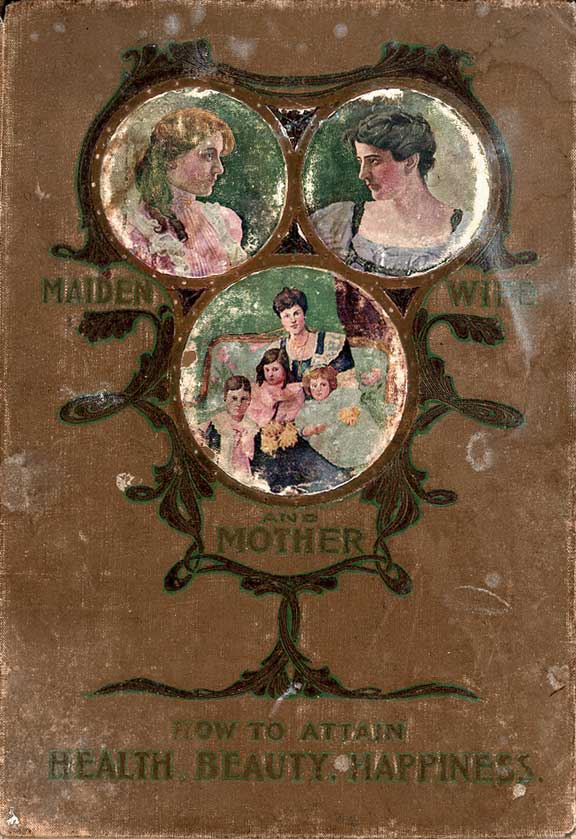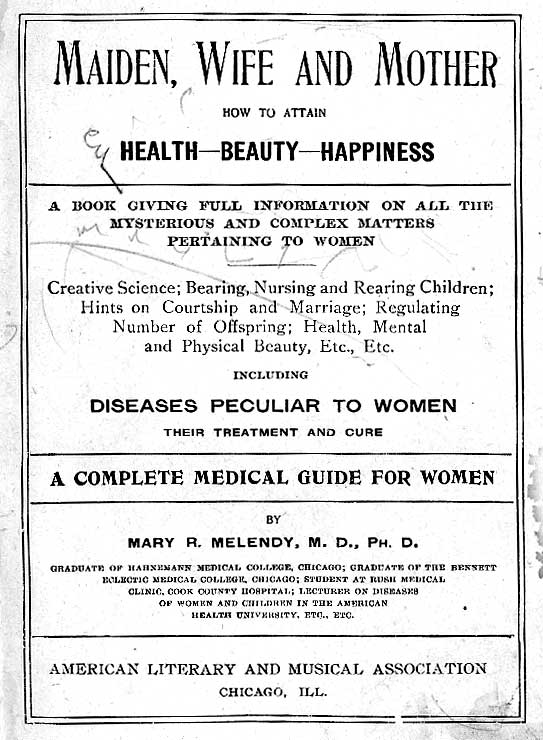Booklets menstrual hygiene companies made
for girls, women and teachers - patent medicine
- a list of books and articles about menstruation
- videos
See a Kotex ad advertising a Marjorie May
booklet.
See many more similar booklets.
See ads for menarche-education booklets:
Marjorie May's Twelfth Birthday (Kotex, 1932),
Tampax tampons (1970, with Susan Dey), Personal
Products (1955, with Carol Lynley), and German o.b.
tampons (lower ad, 1981)
And read Lynn Peril's series about these
and similar booklets!
Read the full text of the 1935 Canadian edition
of Marjorie May's Twelfth Birthday, probably identical to the American edition.
More ads for teens (see also introductory
page for teenage advertising): Are you in the know? (Kotex napkins and Quest napkin powder, 1948, U.S.A.),
Are you in the know? (Kotex
napkins and belts, 1949, U.S.A.)Are you in
the know? (Kotex napkins, 1953, U.S.A.),
Are you in the know? (Kotex
napkins and belts, 1964, U.S.A.), Freedom
(1990, Germany), Kotex (1992, U.S.A.), Pursettes (1974, U.S.A.), Pursettes (1974, U.S.A.), Saba (1975, Denmark)
See early tampons and a list of tampon on this site - at least the ones I've cataloged.
 
|

"Maiden, Wife and Mother: How to Attain Health, Beauty, Happiness,"
by Mary R. Melendy, M.D., Ph.D., 1903, U.S.A.
Excerpts about menstruation and its disorders, contraception,
religion & reproduction - exercise - diseases of women
This book of advice to women is premodern and prehormone in its appeal
to strong character and religion and funny concoctions as ways to fight
disease. At one point the writer, a woman physician, quotes someone who
opines that the best cure for physical ills is to
forgive those who have wronged us and beg the same in return. Yeah,
at least we would die with a clear conscience.
But mothers and babies died far more often in that America. Until public
health advances and medicine improved one of the few consolations was religion.
As you sicken and die are you any happier because of science?
Science does enlighten. The author advised her readers wanting children
to have sexual intercourse about the time of the menstrual period, probably
just the opposite of the advice today. And to avoid children: Husbands,
leave your wife alone! Even if she believed in contraception she could not
have advocated it in her book because of the American Comstock laws in effect
since 1873 that also prohibited pornography. The horror of the situation
is that she railed against abortion at the same time she deplored the effects
of unwanted children. Fifteen years after this book appeared the law would
charge Margaret Sanger with distributing contraceptive information, which
started the successful effort to allow people public access to contraception
and information about it.
But for years - centuries, millennia? - women came up with their own
ways to avoid babies: sponges and other
things carrying a million chemicals from everywhere
into women's bodies. Even today, with The Pill.
American medicine in 1903 was emerging from its night, an emergence
helped by the founding of Johns Hopkins Hospital and the Johns Hopkins University's
embrace of German scholarly techniques. (OK, OK, I'm an alumnus.) This guide
with its Victorian models of beauty and virtue appeared at the end of a
difficult era for women. But what era hasn't been?
I again thank Ben Truwe for another great contribution to MUM!
|
Below: The cover,
which is 1/8" (5 mm) thick and measures 6 7/8 x 9 1/2" (17 x 24.5
cm). The beautiful design is not unusual for the time with its pictures
and art nouveau plant tendrils.
|
 |
Below: The title
page, reflecting a style hundreds of years old, the windey stacking
of information, including the author's many credentials and the many type
faces. But at least we know what we're about to read.
The scribbles came with book. I trimmed the
margins.
|
 |
© 2007 Harry Finley. It is illegal to reproduce or distribute any
of the work on this Web site in any manner or medium
without written permission of the author. Please report suspected violations
to hfinley@mum.org
|